Note: This post contains affiliate links which means if you click on a link and purchase an item, we will receive an affiliate commission at no extra cost to you.
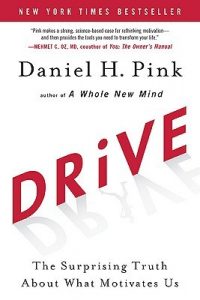 Ready to learn the most important takeaways from Drive in less than two minutes? Keep reading!
Ready to learn the most important takeaways from Drive in less than two minutes? Keep reading!
Why This Book Matters:
In a world that relies so much on external motivation, it’s no wonder that many people struggle with low motivation at some point.
In this New York Times bestseller, Daniel Pink shows you how to harness the power of intrinsic motivation to boost your productivity, creativity, and drive.
The Three Types Of Motivation
- Motivation 1.0: Survival
- The basic elements that keep us alive (food, water, shelter) dictate our actions.
- Example: Before the age of industrialization, most people’s days primarily consisted of collecting food and finding or maintaining shelter.
- Motivation 2.0: The stick and the carrot
- Stick and carrot motivation systems assume workers will have no desire to work unless they are offered an extrinsic reward or punishment.
- Example: Since the industrial age, the majority of workplaces have used incentives such as bonus pay, or deterrents such as extra duty, to motivate people to work.
- Motivation 3.0: Intrinsic reward
- The personal satisfaction we feel from meeting a challenge is far more rewarding than stick and carrot motivation.
- Example: Wikipedia, which is maintained by free contributions from its users, outperformed Microsoft Encarta, a similar site maintained by highly paid engineers.
Key Takeaways:
- Avoid stick and carrot motivation
- Using material incentive as a reward may cause employees to cut corners.
- Example: Mechanics in a repair incentive program made unnecessary repairs to up their statistics, which ultimately damaged the garage’s reputation.
- Not only is intrinsic motivation more powerful than extrinsic motivation, but extrinsic motivation also kills intrinsic motivation
- Children have a great deal of intrinsic motivation that is lost when they grow up in a world that’s driven by extrinsic motivation.
- Example: In an experiment, some children were promised a certificate for drawing, while others just drew a picture. The kids that got a certificate didn’t want to draw after the experiment when there was no reward, while the other children continued to want to draw.
- Find opportunities to be creative and pursue mastery
- The intrinsic desire to improve lets us channel our creativity, get into flow state, and feel rewarded merely by the process of creating.
- Example: Expert artists, athletes, and coders spend hours in flow state with little regard for the rewards they may get.
- Allowing employees to be in charge of their own work is highly motivational
- Instead of dictating how and when work is done, give employees freedom.
- Example: Google employees handle workloads with a set deadline without supervision. They are highly motivated, dedicated, and satisfied workers.
- Replace rewards and punishments with praise and constructive criticism
- Companies that draw on intrinsic motivation are generally more successful.
- Example: Zappos allows its customer service team to work from home, work without a script, and stay on with a customer as long as needed to make sure they are happy. As a result, Zappos has an outstanding customer service reputation.

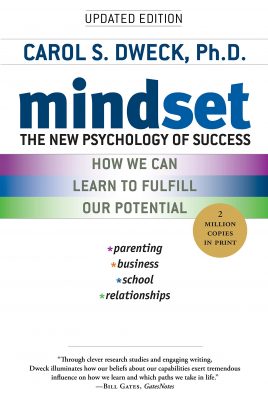
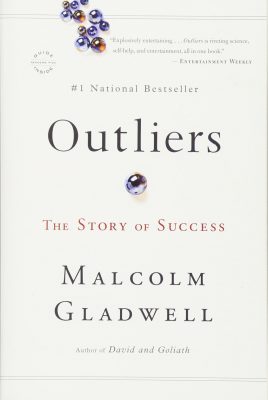
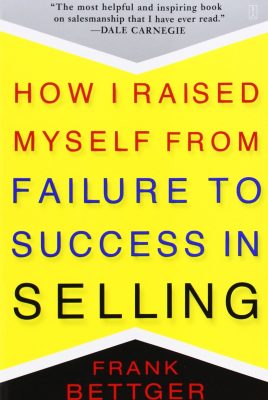
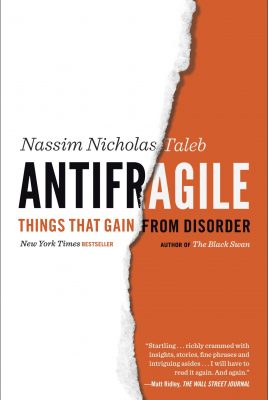
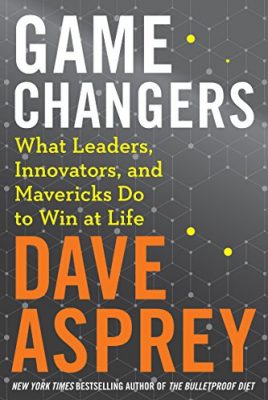
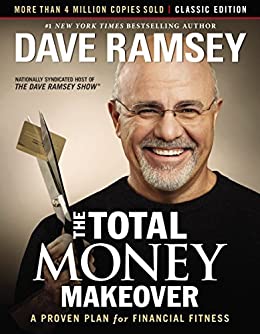
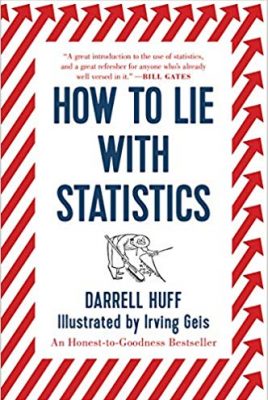
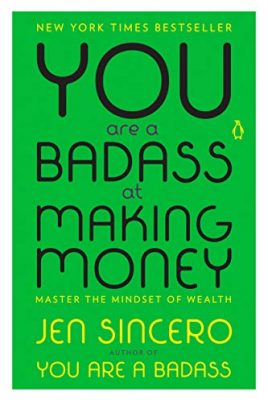
Leave a Reply
View Comments